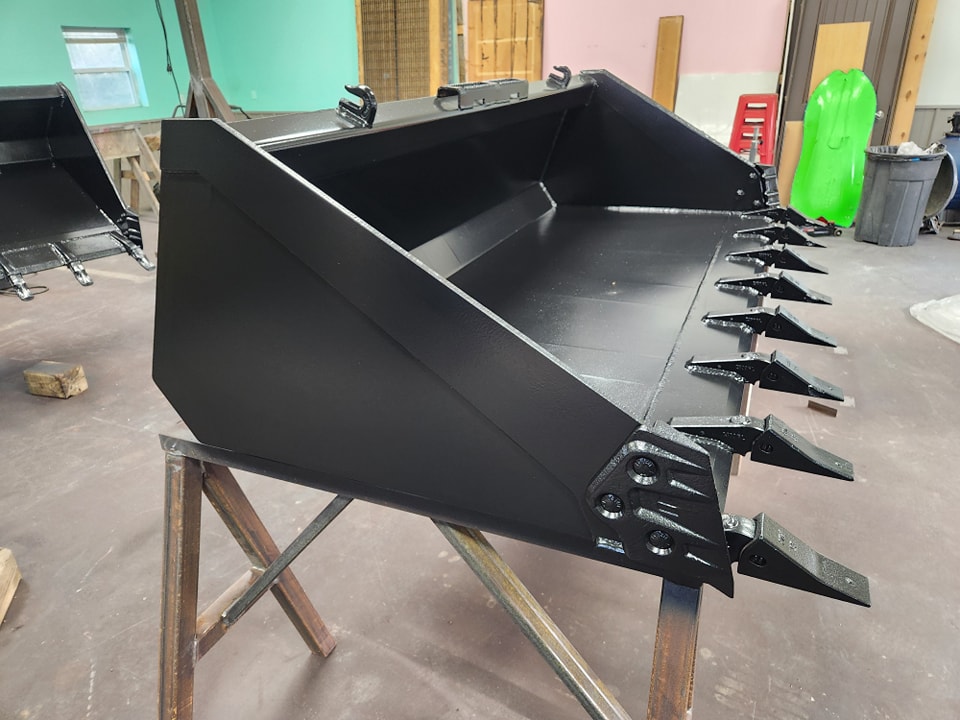
Mastering the Art of Welding: Techniques and Tools for Beginners Sep 12, 2025
Understanding the Basics of Welding
Welding is more than just joining two pieces of metal; it involves skill, precision, and a deep understanding of the materials and tools involved. For those new to the field, it's essential to comprehend the different types of welding processes available. While there are various methods, beginners often start with MIG (Metal Inert Gas) welding due to its simplicity and wide application.
With MIG welding, a continuous wire electrode is fed through a welding gun and into the weld pool, joining the materials. The process is shielded by an inert gas, such as argon or carbon dioxide, which prevents contaminants from affecting the weld. Understanding and mastering MIG welding is a great entry point for novices.
Essential Welding Tools and Safety
Before diving in, it's crucial to equip yourself with the necessary tools. Basic welding equipment includes a welding machine, welding helmet, gloves, safety glasses, and a welding apron. At Outlaw Fabrication LLC, we stress the importance of safety when welding. Always ensure you're wearing appropriate gear to protect against heat, UV radiation, and sparks.
Invest in high-quality equipment to avoid malfunctions that could compromise safety and the quality of your welds. For beginners, understanding the function and care of your tools ensures they serve you well throughout your welding projects.
Techniques for Improving Welding Skills
Developing your welding technique is an art that takes practice and patience. Start with practicing straight welds on flat pieces of metal. Focus on maintaining a steady hand and even speed to achieve a consistent weld bead.
Pay attention to the sound during welding; a consistent "frying bacon" sound is often an indicator of proper technique in MIG welding. Adjusting the speed, angle, and distance of the welding gun can significantly affect the quality of your work. Regularly inspect your welds and learn from any mistakes or inconsistencies.
Common Challenges and Troubleshooting
Beginners often encounter issues such as weld porosity and spatter. Porosity occurs when gas becomes trapped in the weld, causing weak points and imperfections. Always check the integrity of your gas supply and ensure proper settings on your machine to mitigate this problem.
Spatter, small molten metal droplets created during the process, can mar your workpiece. To reduce spatter, experiment with voltage and wire speed settings until you find the optimal balance. Knowing how to troubleshoot and resolve these common hurdles is part of honing your skill.
Conclusion
Venturing into welding can be both exciting and daunting for beginners. By understanding the basics of welding types, equipping yourself with quality tools, and practicing fundamental techniques, you lay a strong foundation. At Outlaw Fabrication LLC, we believe that patience and practice are key to mastering this vital craft. Whether you're aiming to take on DIY projects or pursue a professional path, developing your skills in welding will open a world of opportunities. Remember, each weld is a step forward in becoming an accomplished welder.
/filters:no_upscale()/media/387d87e1-e332-493f-9028-1b4d81a04cfd.jpeg)